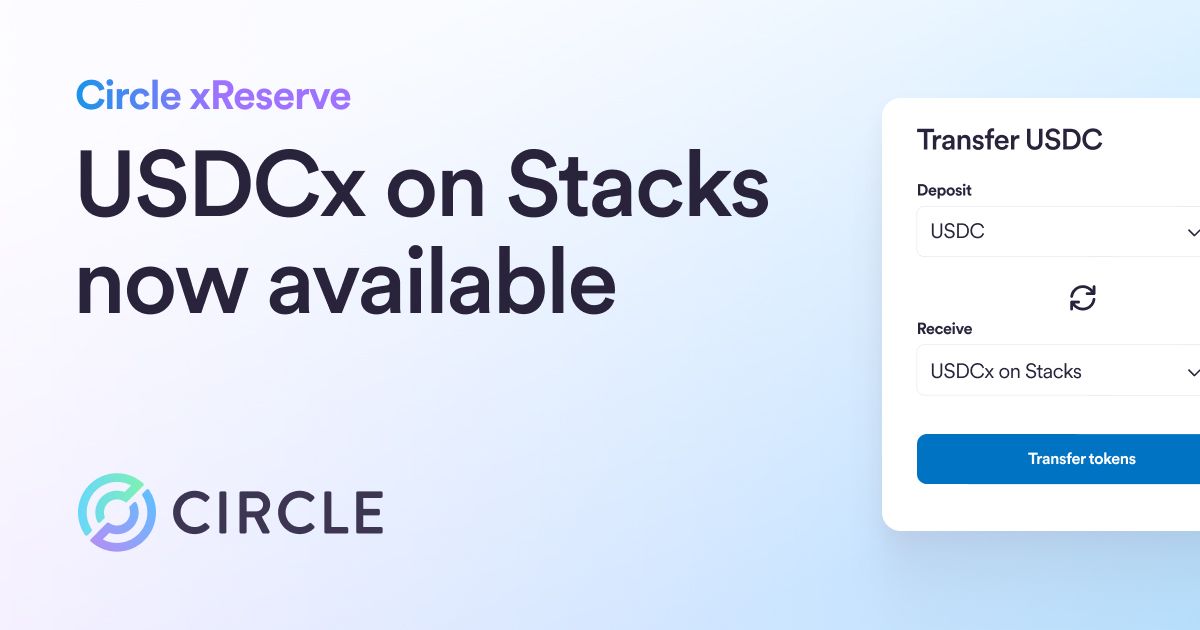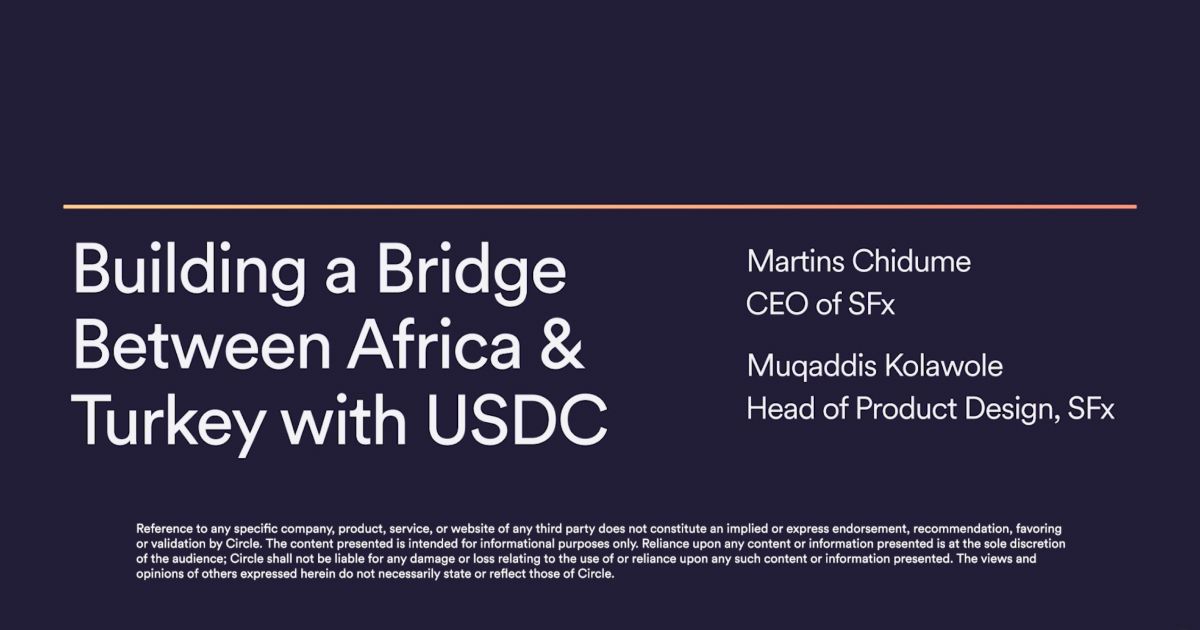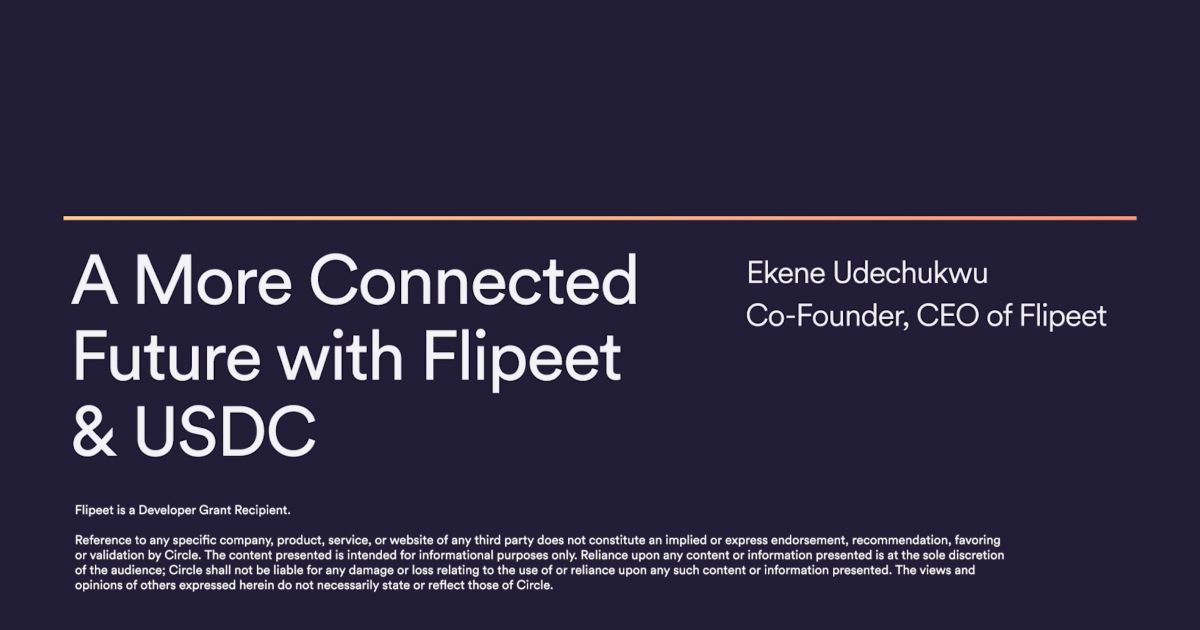Ensuro is an insurance provider that uses USDC and smart contracts to make insurance more capital efficient and inclusive. See how.

Mainstream adoption of blockchain continues to grow around the world. From global enterprises to individual developers, more people are building new apps that can transform what’s possible in terms of moving, storing and exchanging value.
Marco Mirabella and Guillermo Narvaja are at the forefront of this evolution and helping to add another dimension to blockchain-based finance – managing risk. They are co-founders of Ensuro, an innovative insurance provider that uses smart contracts to make insurance both more capital efficient and more inclusive.
Mirabella and Narvaja were both drawn to insurance after long careers in the tech scenes in Latin America and Europe. In April 2024, Ensuro won Circle’s Unlocking Impact pitch competition in Washington, DC, earning 100,000 USDC and mentorship from Circle leaders.
The next Unlocking Impact pitch competitions will take place in New York this September in conjunction with the 79th Session of the UN General Assembly, and in October during the World Bank Annual Meeting in Washington, DC (view details here).
Mirabella and Narvaja recently spoke with us about what they’ve accomplished so far and outlined their vision for how blockchain can continue to transform insurance for the better.
When did you realize that blockchain could disrupt insurance?
Historically, blockchain development has largely focused on a circular loop of speculation instead of utility. This type of “crypto used to trade other crypto” activity is largely decoupled from the outside world and offers little utility. We are seeing this change rapidly in the last few years with many types of financial services, including payments, savings, lending and tokenization. It is only natural that people begin to explore the possibilities for insurance as well.
At the same time, spending so much time in Argentina, we’ve seen how digital currencies can be an attractive alternative to the existing financial system. The immense popularity of stablecoins – digital dollars – has become a pathway to start building utility into this exciting tech ecosystem.
In many ways, insurance is an ideal laboratory for blockchain. Smart contracts make it possible not just to automate the movement of value globally and at scale, but also to manage risk in a very efficient way at a more granular level. Programmatic risk pricing and faster, cheaper payouts make it economically feasible to write insurance policies in smaller amounts than traditionally possible – and to extend such policies to people who have typically lacked access.
What does the blockchain enable that has not been possible in traditional insurance?
It’s a sad irony that often, people who most need risk protection are the ones who can least afford it. The efficiencies I just mentioned make it possible to extend the perimeter of insurance in ways that people have long dreamed about. Historically, the big insurance companies have generally ignored small value policies with payouts of, say, $50 because the operational costs are too high, the policies are not profitable and the complexities are too great.
With smart contracts, these types of policies begin to make economic sense and open up a whole new universe of use cases. For example, we initially focused largely on events like flight delays. Now we are moving on to use cases like crop insurance, which in our opinion is most needed in underdeveloped markets where it’s least used today.
Through partnerships with microfinance and weather index providers, we’ve created a new Resilient Growth product that makes it easier for farmers in places like Kenya to manage climate risks. Our smart contract handles payouts automatically and instantly, and all transactions are transparent and traceable on the blockchain.
What role does USDC play in your operations?
All of our policies and payouts are denominated in USDC. It’s the only stablecoin that we would even consider. Its reserves are transparent, and we trust it will be redeemable 1:1 for dollars.
We see USDC as the ideal bridge between the blockchain and the rest of the world. Other big insurers have previously explored using smart contracts to automate some parts of their operations. But at the end of the day, their reliance on traditional payments meant they were too slow and expensive.
Now, instead of waiting days, our policyholders can get paid in minutes.
Expanding access is especially critical. Can you share some details about the scale and scope of Ensuro’s global impact?
Around the world, there are billions of people who are underserved by traditional finance and insurance. Using blockchain and digital dollars to reach them is a tremendous opportunity for us to be a force for good. So far, we have underwritten more than 170,000 policies across 7 programs that cover travel, weather, cyber and cargo risks.
We’re in the process of expanding our crop insurance program into other parts of Kenya. This creates dual benefits – we can not only extend coverage to more farmers who need protection but also diversify the risks to make these kinds of policies more attractive to investors.
Learn more about how Ensuro is using USDC to reach underserved populations globally.





